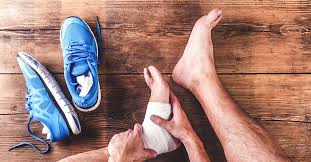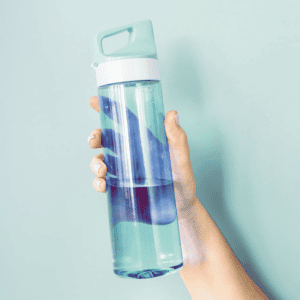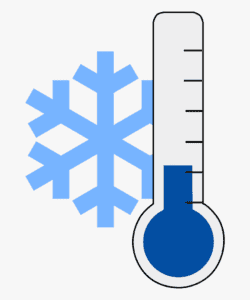What is the difference between a sprain and a strain injury?
With the return of organised sport over the past few weeks,we are starting to see an increase in sporting related musculoskeletal injuries come into the Practice. One of the most common injuries we see are low grade sprain/strain injuries especially ankles and knees. But what is the difference between them?
Very simply, a strain injury is an injury to the muscle itself. Think a hamstring injury, when you feel the muscle grab when you take a quick stride. A sprain injury is damage to the joint itself where the ligaments (the tissues that keep our joints together) are stretched and damaged from an awkward fall or a roll of an ankle for example. Both conditions, depending on their severity, can be a simple case of rest up or at the extreme end can even require full surgical intervention.
As Chiropractors we are trained to be able to assess and treat these injuries and also have the ability to refer out for medical imaging if appropriate to determine the extent of injury and if further management or referral is required.
So if you’re unlucky to injure yourself this weekend remember the goal of management immediately is to decrease pain and swelling and protect the area from further injury. This usually means adopting the classic RICER regimen:
- REST: Rest your injured area as much as possible for the first 24–48 hours.
- ICE: Use an ice pack or cold water immersion 15–20 minutes three to five times a day, or until the swelling starts to subside.
- COMPRESSION: To reduce swelling, compress the area with an elasticized wrap, such as an ACE bandage or elastic ankle sleeve for example
- ELEVATION: If possible try and keep the affected area elevated above the heart as this helps minimise further swelling in the area for example laying on couch with ankle elevated above on multiple pillows.
- REFERRAL: It’s always advisable to seek immediate medical referral to assess the severity of the injury and engage appropriate rehabilitation and treatment to ensure we can get you back to sport as soon as possible.
References: https://www.health.harvard.edu/pain/recovering_from_an_ankle_sprain https://www.betterhealth.vic.gov.au/health/ConditionsAndTreatments/sprains-and-strains





